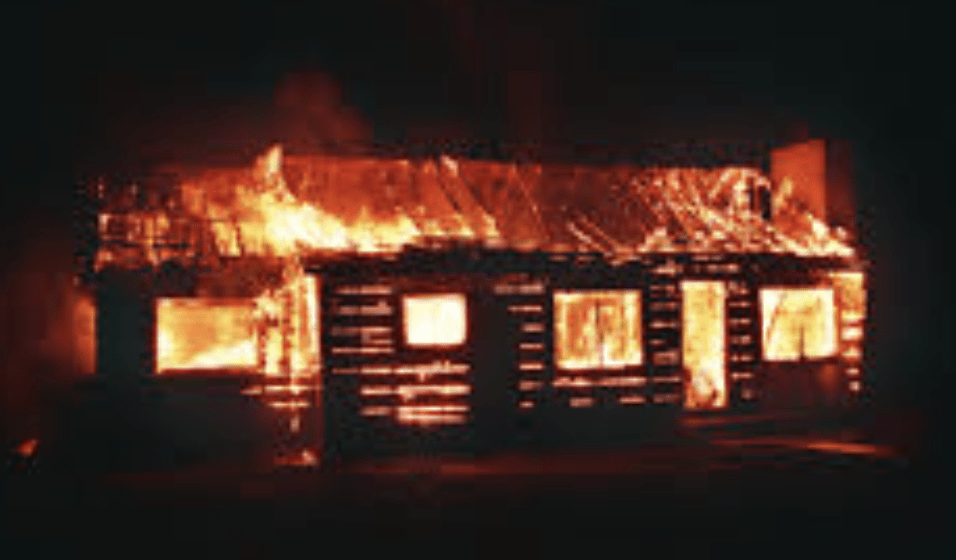ALSCO – Fire safety is important and necessary in the workplace in order to prevent and protect against the destruction caused by fire.
Fire safety reduces the risk of injury and building damage that fires can cause. Developing and implementing fire safety protocols in the workplace is not only required by law but it is crucial to everyone’s safety that may be in the building during a fire emergency.
Fire safety is important in order to:
- Reduce the risk of injury to employees and customers
- Reduce damage to facility/building
- Protect against possible fines
- Protect against losing customers’ trust
- Protect employee jobs that would be lost due to extensive building damage
Fire Safety in the Workplace
The importance of fire safety in the workplace be overlooked. Due to the number of workplaces surrounded by ingredients and materials that will quickly ignite a fire, it is necessary for fire safety to be discussed.
Discussions regarding fire safety foster an understanding of fire hazards and the three necessary ingredients to ignite a fire – heat, fuel and oxygen. After educating employees on these ingredients and hazards, hazards become more easily visible around the workplace and are more likely to be handled, reducing the overall risk of fire.
Educating employees is important in the overall goal of fire safety in the workplace but another important measure is to devise a fire prevention plan. This prevention plan will provide a specific description of each employees’ responsibilities in identifying combustible materials, existing fire hazards and heat-producing equipment. It is a necessary piece to preventing workplace fires.
Fire safety preparation, education and prevention is a small price to pay versus the alternative losses that fire bring. The risk for businesses is high when employees and customers alike are at risk.
Implementing a Fire Prevention Plan
The first step in implementing a fire prevention plan is to educate workers. Employees must be able to take necessary action to prevent fires, successfully use a fire extinguisher and understand their role and responsibilities when responding to an emergency.
Employees must thoroughly understand the current regulations and training requirements. Each year, OSHA (Occupational Safety and Health Administration) and the NFPA (National Fire Protection Agency) require certain fire prevention training be completed by all employees.
Fire Emergency Response Team
In addition to a fire prevention plan, an emergency response team is critical in leading and directing others to safety. A fire emergency response team is a group of individuals each with an understanding of emergency procedures, fire safety and the evacuation plan. Each team member has a protocol to follow in case of a fire emergency and understands their own roles and duties necessary to get everyone to safety.
Preventative Maintenance
Proper housekeeping techniques, maintaining emergency and exit lighting, and enlisting the help of a licensed and certified fire protection company are all part of preventative maintenance. Keeping a clean workplace, free of hazards, will greatly reduce the likelihood for a workplace fire.
Additional preventative measures include:
- Properly serviced machinery
- Storing chemicals
Immediate clean up of chemical spills, oil or any other combustible materials. - Free and clear hallways and fire exits
- Trash is properly contained
- Sprinklers and extinguishers are free and clear of blockage
The NFPA outlines a frequency of visits for fire protection companies to follow. These frequent visits by a licensed and certified fire protection company will handle inspections, safety testing and any repairs needed to fire protection equipment.
A maintenance plan for equipment that may not be required by NFPA is still recommended. Equipment and fixtures like, exit signs and emergency backup generators, need to be tested and maintained to ensure each will function effectively during an emergency.
The Importance of Fire Safety
With the risks and losses that result from a fire, it is evident that fire safety protects against such devastation. Fire safety is important to protect and prevent. Through proper fire safety in the workplace, implementing a fire prevention plan, assigning an emergency response team and putting preventative measures in place, workplace employees, customers and the structure itself can all be protected
For information on uniforms that can aid in workplace fire safety and as part of a fire prevention plan, contact Alsco.
Sources
https://www.redcross.org/get-help/how-to-prepare-for-emergencies/types-of-emergencies/fire.html. American Red Cross.
https://www.nfpa.org/News-and-Research/Publications-and-media/Press-Room/Reporters-Guide-to-Fire-and-NFPA/Key-Fire-Safety-Tips. National Fire Protection Association.
https://www.osha.gov/fire-safety. Occupational Safety and Health Administration.
https://www.usfa.fema.gov/stories/workplace_safety/. U.S. Fire Administration.
https://www.osha.gov/sites/default/files/publications/OSHA3527.pdf. Occupational Safety and Health Administration: Fire Safety.
https://www.ccohs.ca/oshanswers/prevention/flammable_general.html. Canadian Center for Occupational Health and Safety



